The US military isn't ready for the coming drone war
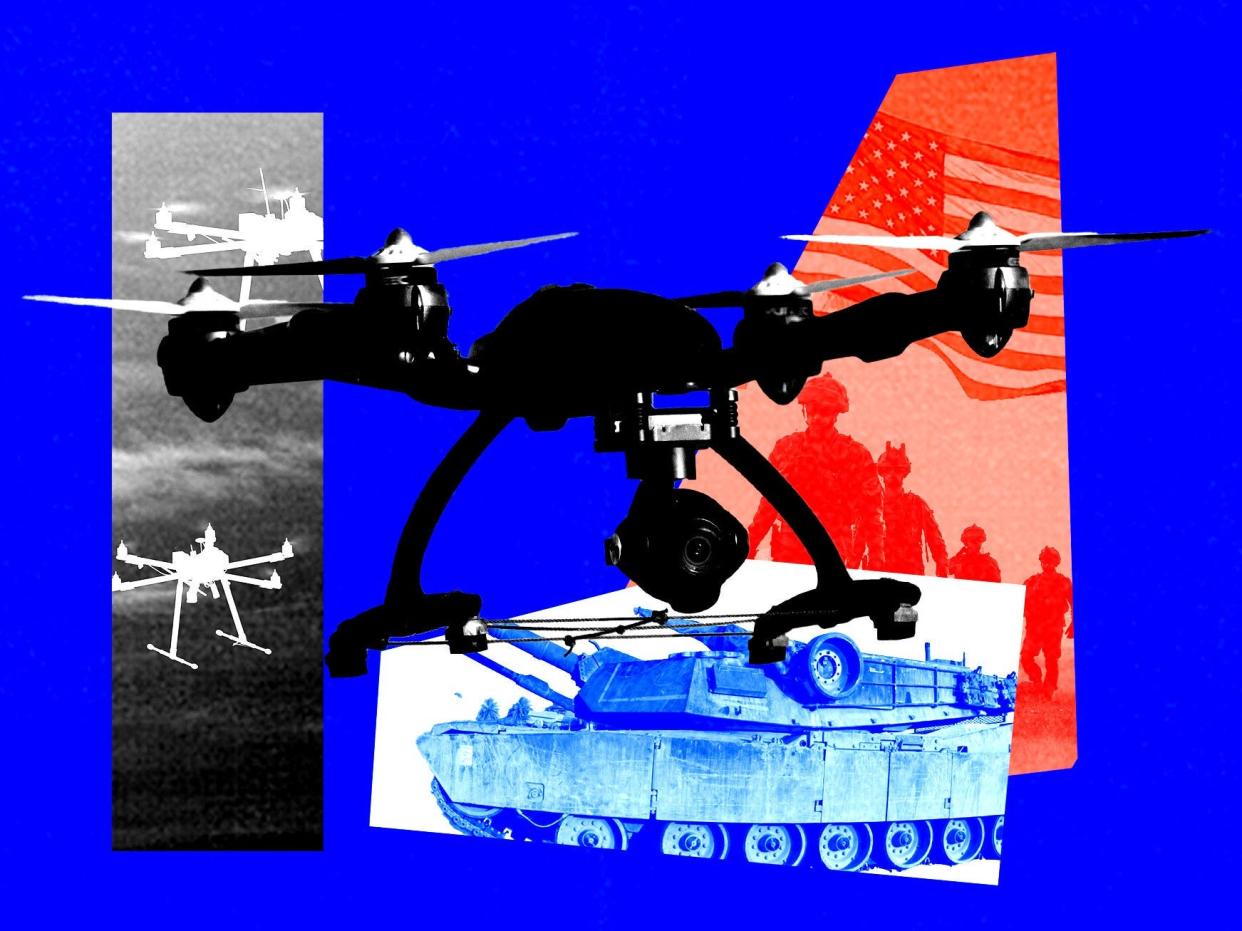
A Russian infantry vehicle darts across a war-torn field, trying to outrun a small Ukrainian drone. But there's no escaping this peculiar weapon: a high-speed, highly maneuverable flying IED.
The drone strikes the armor, setting off an explosion. Soldiers inside rush to ditch their wounded vehicle, knowing well what's coming next. A second drone swoops in and devastates it with an even larger blast, a killing blow.
This scene from a drone attack in April, footage of which was shared by the Ukrainian defense ministry, is one of many that have shown the world that the long-awaited unmanned future of war has arrived, and it's terrifying.
In Ukraine, these often simple machines are not only watching soldiers at all times but also killing them. Explosive-laden drones are destroying vehicles on the run, flying into the open hatches of tanks, hunting down troops in trenches, and dropping bombs on unsuspecting enemies.
Troops on the ground are scrambling, trying to meet this emerging threat with whatever is available. They're welding increasingly elaborate cages on tanks and armored vehicles, turning to electronic-warfare systems such as frequency jammers with mixed results, and even attempting to get their hands on pump-action shotguns to kill the machines at close range.
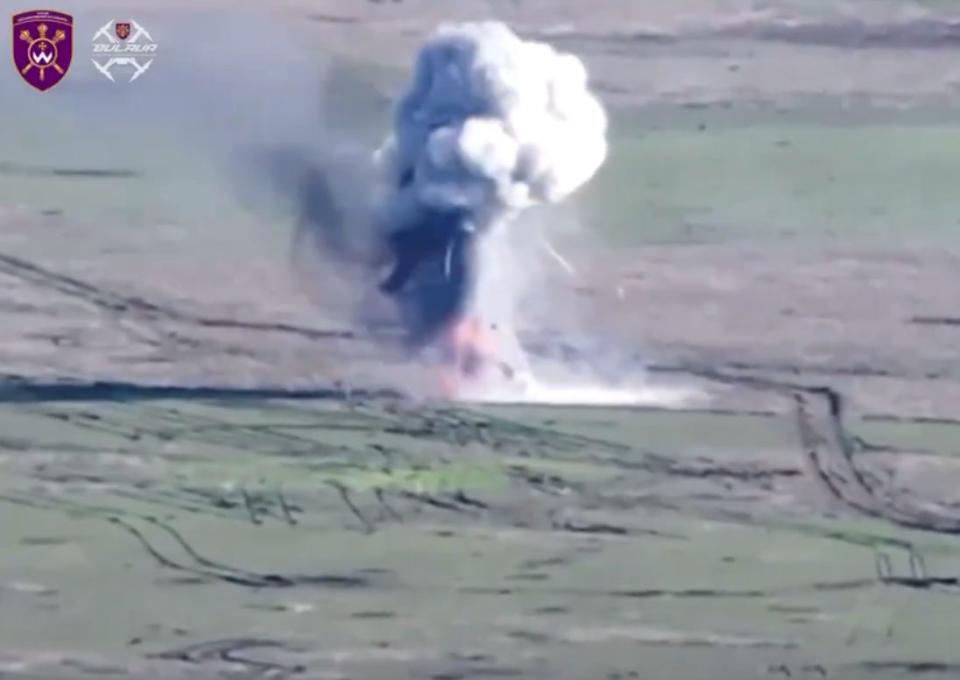
But drones are still dominating the battlefield, prowling around the front lines and taking out troops and equipment.
The evolution of drone warfare, thrust into the global spotlight by the war in Ukraine, has compelled the US military to take a hard look at its capabilities to counter drones.
In Ukraine, these systems have derailed battlefield maneuvers, forcing both sides into deadly attritional, positional battles — a kind of fighting ill-suited to Western armies. Troops are hiding in trenches and moving at night just to avoid the drone threat, but even then, there are unmanned aircraft with thermal sights and ominous nicknames from Slavic folklore that hunt in the dark.
The Department of Defense is working on initiatives to face the drone threat, but the US military doesn't yet appear ready to confront this ever-evolving challenge, especially on the scale seen in Ukraine.
Just this year, three American troops were killed in Jordan by a single exploding drone. According to some estimates, thousands of these unmanned systems are buzzing over battlefields in Ukraine.
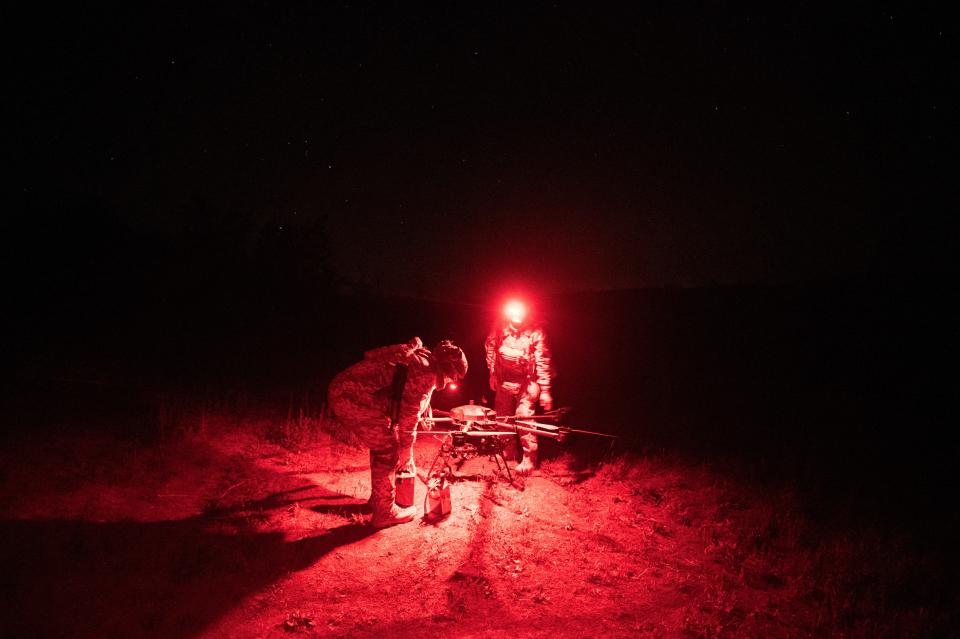
The US military's next major armed conflict could easily involve an enemy armed with hundreds of thousands of drones, potentially in autonomous swarms as machine learning and artificial intelligence take further hold in modern military systems.
The US certainly has the capacity to build suitable defenses against drones, Mick Ryan, a retired Australian Army major general and strategist, told Business Insider. But he doesn't "know that anyone who hasn't fought in Ukraine is fully ready," he added.
"You can't understand that environment unless you've actually fought in it," he said. The US just hasn't had that kind of experience, leaving it with a lot to learn.
Drones bolster weaker armies with low-cost airpower
The US military has long used large, sophisticated drones — such as the Predator, the Reaper, and the Global Hawk — to carry out strikes and surveil adversaries during combat. It wasn't until about a decade ago that the US began to face crude attack drones in battle.
In the mid-2010s, the Islamic State began weaponizing small, cheap, and commercially available drones by attaching explosives to them or modifying them to drop munitions on enemy targets. That threat has become more pervasive, and the US now routinely sees one-way attack drones in the Middle East, particularly in attacks by Iranian proxies.
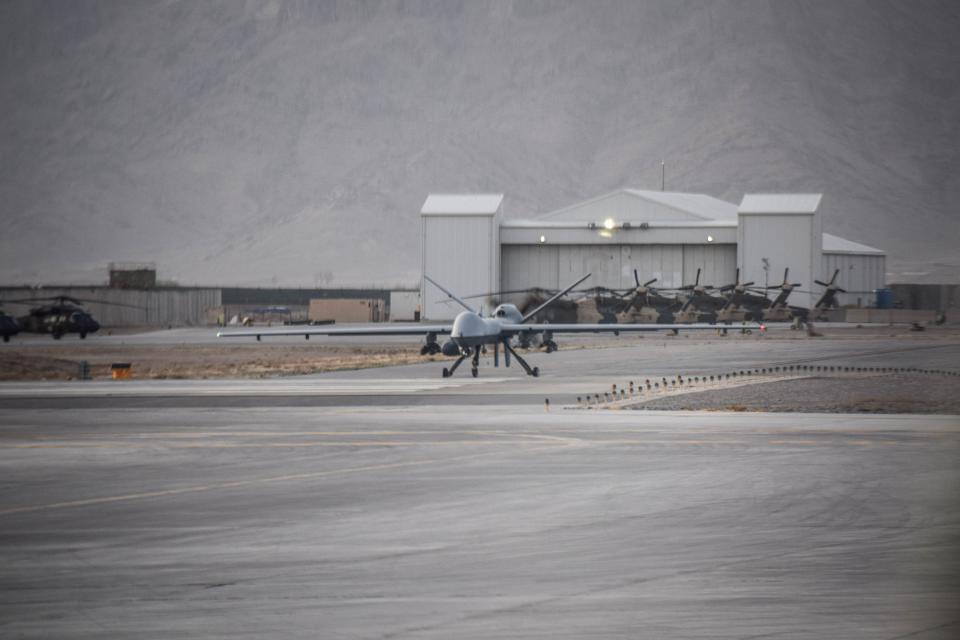
Drones have been part of other conflicts as well. For instance, they played a prominent role during the weekslong war between Armenia and Azerbaijan in 2020.
But drone warfare soared to a new level in the Ukraine war. Both sides are using unmanned systems of varying size and lethality to perform all sorts of tasks and missions — and just generally wreak havoc on the battlefield — both on land and on sea. They can be difficult to adequately defend against, making them effective in attacking vehicles, fortifications, and personnel.
Ukraine and Russia publish videos from their drones day in and day out. They flood social media, giving the world an uninterrupted window into how deadly this conflict is. It has become common to see, often from first-person view, a small quadcopter drone carrying plastic explosives or an RPG warhead slam into an enemy tank and detonate, or hover above unsuspecting troops and drop grenades.
This footage has reinforced a harsh, new reality: It's nearly impossible to hide or conduct surprise attacks, as soldiers are always being watched in the field.
Samuel Bendett, an unmanned-systems researcher, previously described the emerging drone threat to BI, saying that "anything that moves, anyone that moves, can be observed, tracked, and potentially slammed with an FPV drone" in Ukraine.
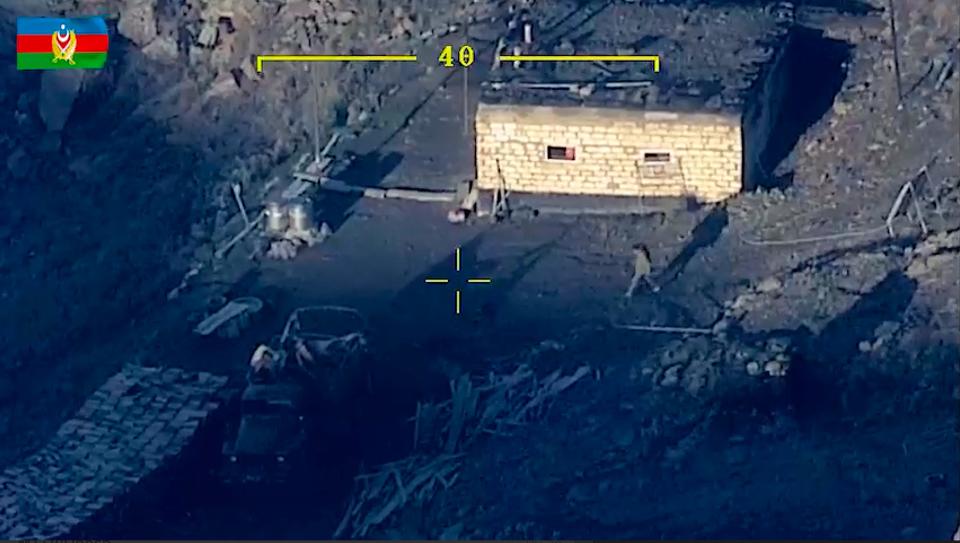
With attack and recon drones ever-present over the battlefield, "it's more difficult now to mass forces to conduct an assault on the ground because it's just hard to not be detected," Paul Scharre, who helped establish policies on autonomous systems at the Pentagon, told BI, adding that drones "have given both sides an element of low-cost airpower, particularly right at the front lines."
In Ukraine, he said, "that's been incredibly effective and valuable in the conflict."
How the US is adapting to an evolving enemy
The surging use of small drones over the past decade has pushed the US military — which went decades without really having to worry about attacks from the air — to attempt to adapt.
The US Army established the Joint Counter-small Unmanned Aircraft Systems Office in early 2020 to coordinate the Pentagon's response, which included developing anti-drone technologies and training soldiers to engage them in battle.
Since then, the office has been working closely with the defense industry and has held events to demonstrate various systems that could counter small airborne drones, also referred to as unmanned aerial systems. Solutions include missiles and high-powered microwaves.
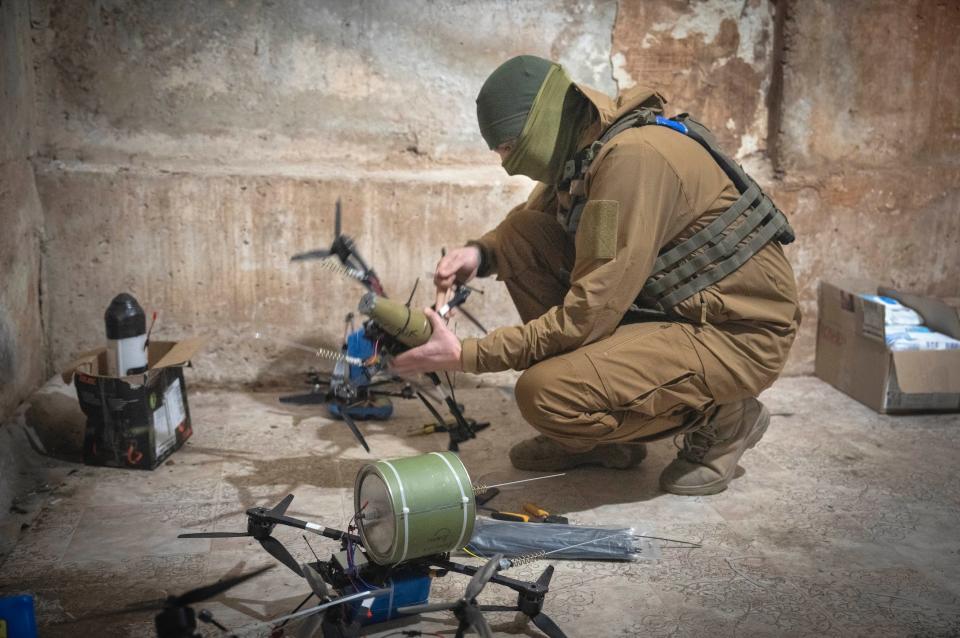
There are several counter-drone options, some better than others. Powerful electronic-warfare systems, for instance, are an area defense capability that can render many drones useless by flooding their control frequencies with electronic noise or confusing their satellite-based navigation.
American armed forces have also explored directed energy, testing laser weapons against drones from ships and ground-combat vehicles.
The US military has also, at least once, engaged a small quadcopter drone with a Patriot surface-to-air missile, but that's overkill — something the Army has acknowledged. Counter-drone solutions have to be cost-effective, rather than a trade of a $3 million interceptor missile for a drone worth a few hundred bucks.
At closer range, drones could be targeted by radar-guided antiaircraft guns, such as the Flakpanzer Gepard used by Ukraine, or man-portable guided missiles, including the Stinger. But those may be less suited for engaging the small, fast, and highly maneuverable first-person-view drones. Last-ditch defenses may include handheld drone stun guns or even shotguns.
US military leaders have repeatedly stressed there's no silver bullet to defeat small drones in battle. Col. Mike Parent, the Joint Counter-small Unmanned Aircraft Systems Office's acquisition-and-resources division chief, said that a layered "system of systems approach" was necessary to provide the best defense possible against uncertain threats.
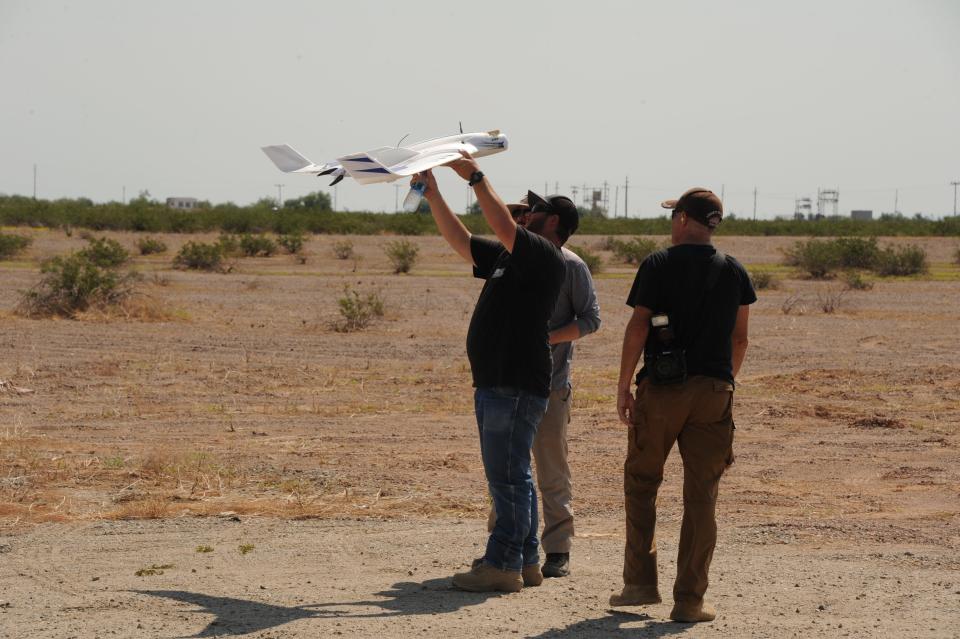
Protecting a military base can be a bit easier because it's equipped with fixed defenses, he told BI.
"You see that a lot in the Middle East," he added. "When you're not as static, however, and soldiers are out on the battlefield moving around, you definitely need that full system-of-systems approach because you really don't know what the adversary will throw against you."
The US has learned a lot from observing drone activity in the Middle East and Ukraine. One of the lessons is that hostile forces are "evolving very quickly," Parent said. Technology, he said, is getting faster and more autonomous, and if an enemy "can identify you either through passive or active means, you're very easy to target."
"Every soldier is going to have to have some kind of ability or capability to conduct counter-small UAS activities," he added, but the US military isn't there yet.
Last fall, the Army launched another drone initiative: the Joint C-sUAS University. In Oklahoma's Fort Sill, the JCU consolidates counter-drone training for service members across all branches of the military.
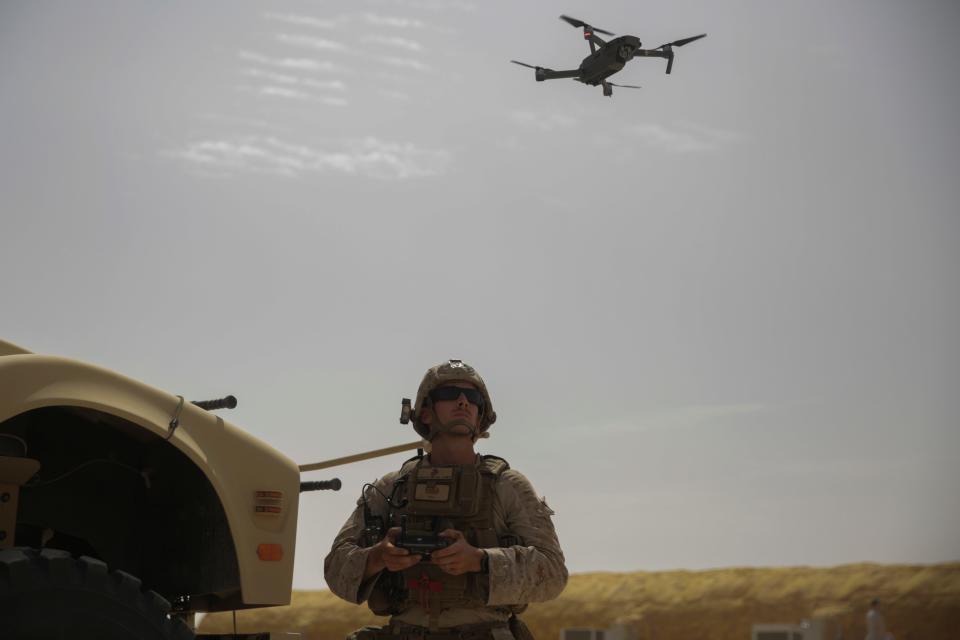
Students there spend several weeks learning how to identify, engage, and defeat small drones. The training involves working with early-warning radars to detect the aircraft and using handheld devices, including electronic-warfare and smart-shooting systems, to neutralize the unmanned aircraft.
Trainees practice by firing at balloons with rifles that have a drone-tracking scope, but there's a concern that these efforts and US Army field exercises do not sufficiently reflect the scale of the threat, which may be a large mass of flying bombs.
The Army has also incorporated the drone threat into certain training exercises. Soldiers at the National Training Center in California, for example, have practiced defending against drone swarms multiple times in a single day.
The US, meanwhile, continues to invest in new and existing technologies to defeat this growing challenge.
Doug Bush, the assistant secretary of the Army for acquisition, logistics, and technology, told reporters in early May that in the proposed budget for the upcoming fiscal year, the service planned to allocate $447 million for spending on counter-UAS programs of record, which are systems that are available or in the works.
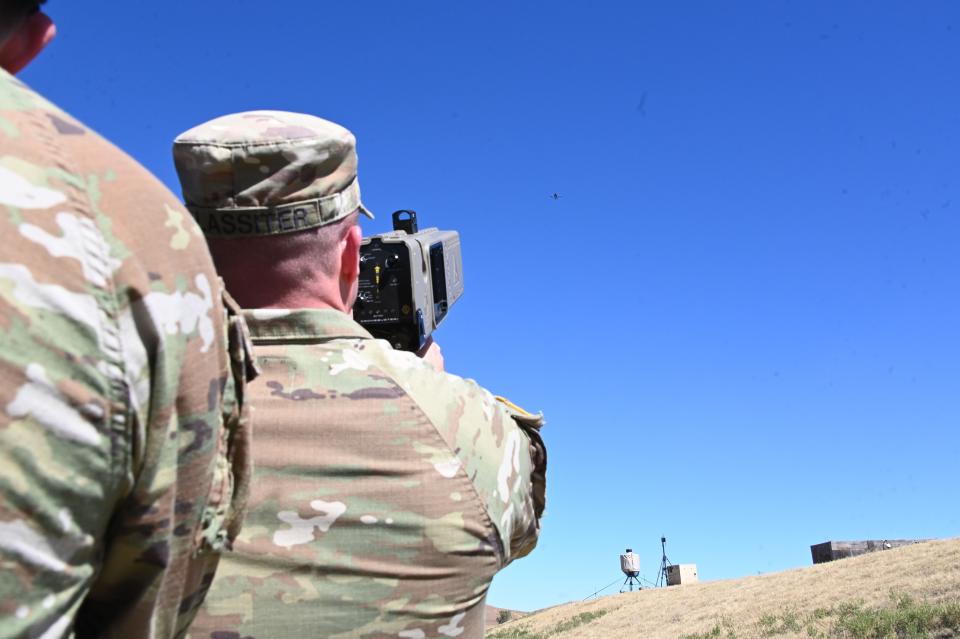
Lt. Col. Moseph Sauda, the director of the JCU, doesn't believe the US is lagging behind with its counter-drone training. "The issue is you could be so successful that you fail to continue to develop," he told BI during a visit to Fort Sill earlier this year, emphasizing the importance of remaining agile and flexible.
"If you look at the future of warfare, if we had to fight and win today in this current environment with what's going on in flying, we would still win," Sauda said. "But the enemy is still going to evolve."
What comes next, such as autonomous swarms or some other threat, likely at a scale not previously seen, could be vastly more daunting.
The US isn't yet ready to face drones in combat
America's next war may not look exactly like Ukraine and instead be a unique horror. Conflict with China, which some officials have warned is possible, would likely unfold predominantly across a vast maritime domain. But unmanned systems, including small drones, could be a factor, nonetheless.
The US military recognizes this and is now looking at building out its own drone force. Last year, the Department of Defense unveiled the Replicator initiative, a monthslong plan to field thousands of autonomous systems to counter China.
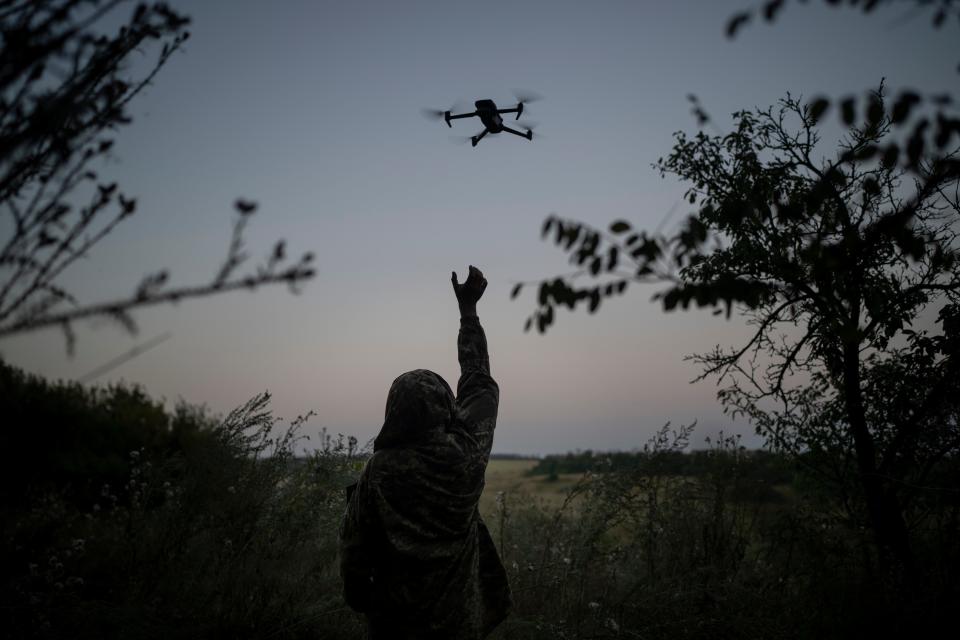
The US military could also face this kind of threat in a war with Russia in Europe, a possibility should Russia emerge victorious in Ukraine, or in a conflict with Iran, which regularly engages in malign activity, such as producing one-way attack drones for Russia and arming proxy forces throughout the Middle East.
But the US military is not as ready for a large-scale drone conflict "as many people would like it to be," Scharre, now the executive vice president and director of studies at the Center for a New American Security think tank, said.
The drone threat draws certain parallels to fighting in Iraq and Afghanistan, where hidden bombs posed a tremendous threat. Even though Washington had options to counter the problem, insurgents often adapted and changed their tactics.
Improvised explosive devices are well known threats that, over the years, have killed and maimed countless US service members. The danger is that exploding drones, the flying equivalent, are now similarly cheap and accessible, even for militant groups.
"The US military has often struggled to counter these sort of cheap tools of harassment that are widely available to state and nonstate groups alike," Scharre said. "That might not stop the US military's ability to go into an area, but it can slow them down and cause casualties."
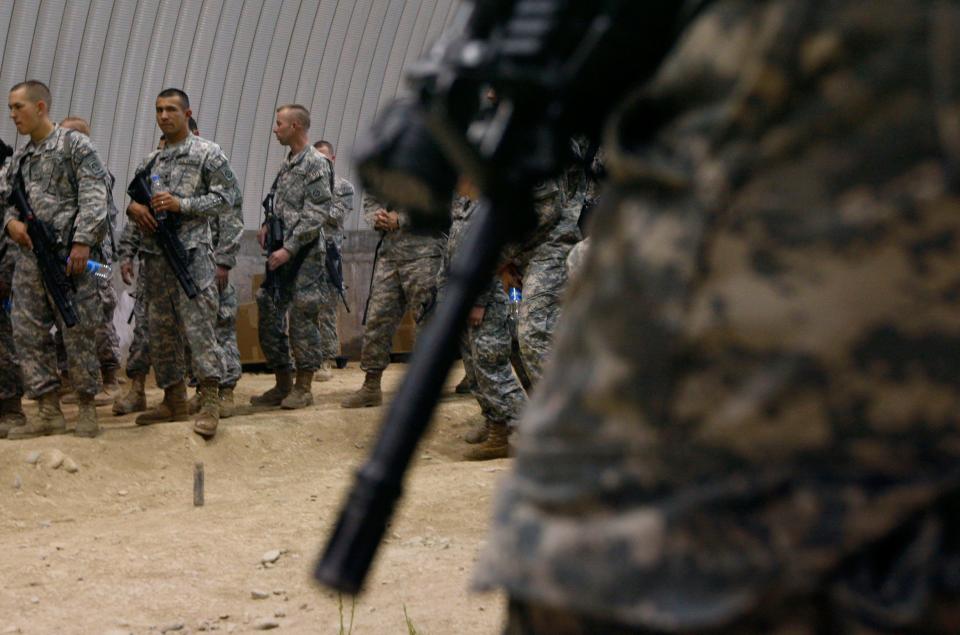
Scharre added: "These technologies kind of create this environment that I think is much more transparent and lethal, and is one that the US military hasn't really fully adapted to yet."
Preparing for the drone fight is not just important — but also critical, Justin Bronk and Jack Watling, war experts and senior fellows at London's Royal United Services Institute think tank, wrote last month in an analysis.
Armies that are unprepared to face this threat on the battlefield risk handing an enemy force highly valuable battlefield awareness and making themselves vulnerable to devastating precision strikes, they said.
The US appears to be in the early stages of absorbing lessons from overseas and training its soldiers on how to prepare. But experts say the military still needs to significantly boost its procurement of counter-drone defenses.
Countering the drone threat means "scaling up things like electronic warfare in a way that we just haven't done before, not even in the counter-IED battle in Iraq and Afghanistan," Ryan, the retired Australian major general, said, adding: "We've kind of done it, but we need to do it at a whole new scale."
The US will also have to incorporate key systems into the training regimens of every unit on the battlefield, he said. And the US military will need far more drone-defense units, which could mean paring back on tanks, artillery, infantry, or logistics engineers.
"There will be some trade-offs that are required, and when you're trading off between those kinds of military occupational specialties, it's always difficult," Ryan said. "We don't have unlimited personnel resources." What will have to go remains to be seen.
Read the original article on Business Insider

